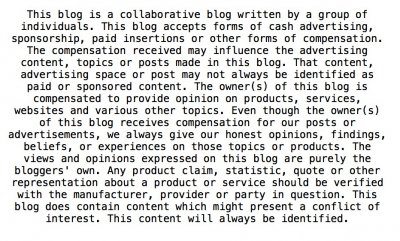E-Liquids Ingredients You Should Know About
E-Liquids Ingredients You Should Know About
Whether you’re new to the vaping industry or you’ve been on the scene for quite a while, it’s still important that you’re fully aware of what exactly e-liquids are made up of. You’re still exposing your system to certain chemicals, so you want to know what you’re going be to inhaling.

One of the biggest parts of the vaping industry is the fact that the range of e-liquids is so wide and there are so many different flavors to try out. No matter what your particular vaping preferences may be, you’ll be sure to find the perfect juices for you with a bit of experimentation.
Though, before diving right into getting your hands on any and all e-liquids you can find, you want to know what exactly is in your mixtures. This article will tell you all you need to know.
The Main Ingredients
E-liquids are made up of a range of different chemicals to give them the perfect taste and the ideal kick. Different vape liquids will consist of different ratios though, and they’re definitely not all created equal.
Propylene Glycol (PG)
Propylene Glycol is one of the main elements of most e-liquid products and mixes. It’s a non-toxic, colorless flavoring ingredient, which makes it perfect for use throughout the food industry as it’s simply a flavor additive. It has a viscous texture, which allows it to create a smoother vaping experience, and is often why it’s used as one of the main base ingredients of almost any juice you’ll find.
Vegetable Glycerin (VG)
Another one of the main elements of e-liquid is known to be VG – otherwise called vegetable glycerin. This is an organic, harmless liquid that’s extracted from vegetable oils, and it’s known to be sweet and rather thick. It’s also used throughout the food industry as it’s another flavoring additive, but it’s texture also means that it’s used in cosmetics as well.
The two substances have very different levels of thickness – which means that they’re somewhat hard to vape on their own. This is often why you’ll find juices with various PG/VG ratios, as a mixture of the two creates for a more enjoyable experience.
Additional Flavoring Chemicals
As mentioned earlier, one of the best parts about the vaping industry is the fact that there are so many different flavors to experiment with and try. However, keep in mind that this also means that there’s a range of flavoring chemicals that may be used in your juices. While a lot of these chemicals have proven to be non-toxic and are safe for consumption, there have been a few that have raised suspicion due to certain health risks.
Diketones are often known to make up the flavoring in certain e-liquids, and the one to look out for is the chemical diacetyl. This diketone has been known to cause bronchiolitis if it’s inhaled in large amounts, so it could potentially be very damaging for your lungs. Even though the amount used in e-liquids is somewhat negligible and unlikely to cause major harm, most manufacturers avoid using it due to the controversy. Still, it’s vital that you’re aware of the risks so you know what chemicals to look out for when experimenting with new brands and tastes.
Nicotine
Now, nicotine is known to be the most dangerous ingredient used throughout e-liquids, and that’s simply because it’s still an incredibly addictive substance, even in vape form. There are a lot of companies and brands that offer nicotine-free juices, but there are even more that have a range of products with different nicotine percentage levels.
No matter how you inhale nicotine, it’s still a very harmful substance that can promote lung disease, lung cancer, and put you at a heightened risk of developing respiratory issues. As long as you know the risks, you’re free to make your own decisions regarding whether you vape the chemical or not.
Experienced vaper or just trying out, it’s still good to be aware of what ingredients are used within the products you’re vaping and what you’re putting into your body. When trying out new juices, always try to check the ingredients list to make sure there’s nothing concerning about the production of the products.
